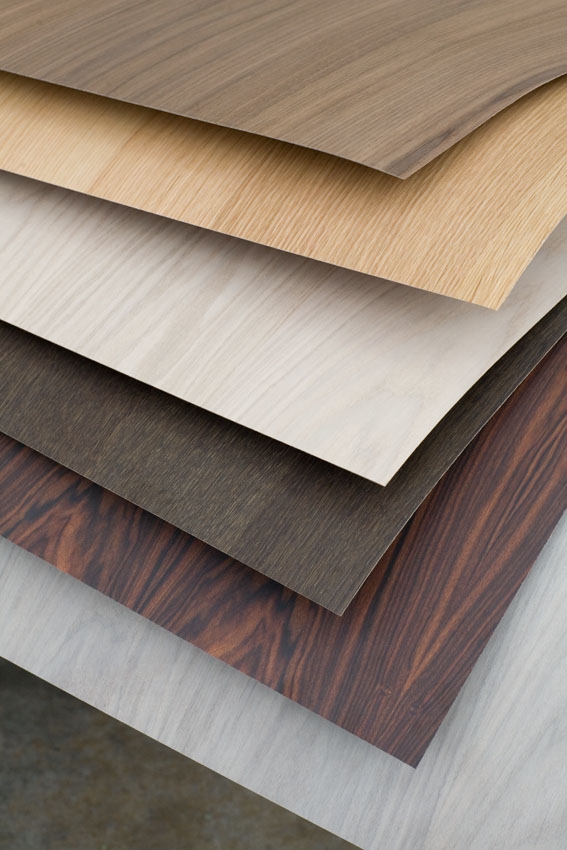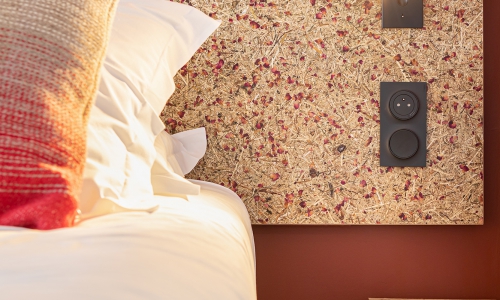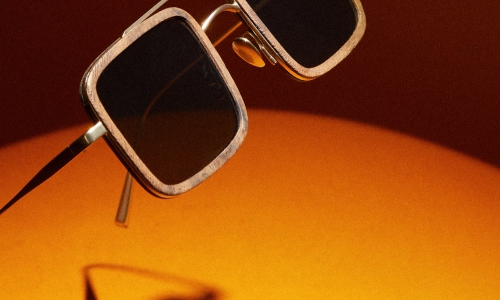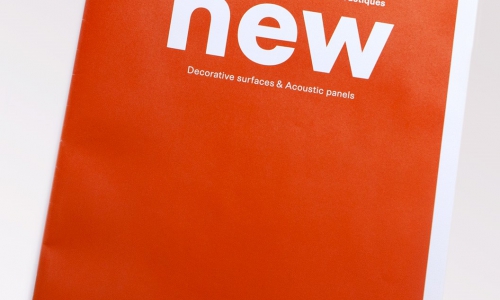What is a laminate ?
Laminate discreetly made its way into our interiors more than forty years ago and it’s not going anywhere any time soon! From walls to furniture, doors and ceilings, this covering, both functional and decorative, is part of most interior design projects. Although a little technical, installing it is now a task that carpenters and interior fitting contractors have perfectly mastered.
Everybody knows what laminate is!
Everybody knows the material, but few people, except professionals, use the term "laminate". Indeed, for most, "it's Formica". Formica is in fact the name of the American company which, at the end of the forties, developed the manufacturing process for laminate. For the record, the name of the company comes simply from the fact that this product was invented to serve as a replacement for sheets of mica (a relatively fragile mineral material) which were used at the time as electrical insulators. Hence, "for mica”.
From insulator to decorative panel, laminate is originally, as we have just seen, a technical material. In order to understand how it has become an essential part of interior design, we need to take a closer look at its composition.
The composition of laminate
The term "laminate" of course gives us a hint. This material must be composed of different "layers" which explain its final thickness. If we could break down a sheet of laminate, this is what we would get:

Laminate is a stack of kraft paper sheets bathed in a thermosetting resin (which hardens when heat is applied to it). To create a decorative material, all that is needed is to replace the last layer of kraft paper with a sheet of colored or patterned paper and coat it with a perfectly translucent resin. This is what the inventors of the product did in the fifties, with the success that we know.
It is even possible to customize laminate sheets by incorporating other materials such as fabric, or by printing your own images or designs. The possibilities of laminate are almost infinite and, if you pay attention to your environment, you will see that this material is ubiquitous in hotels, restaurants, stores, public buildings, schools, etc. Architects and other decorators have long since understood the value of this material and have not hesitated to use it.
As functional as it is decorative!
Besides the aesthetic aspect that we have just mentioned, the reasons for the success of laminate are to be found in its properties. Indeed, laminate has the double advantage of being very resistant and relatively flexible. Regardless of its appearance, laminate is generally very resistant to shocks, scratches and heat, which makes it an ideal material for public places of all kinds as well as for very "exposed" rooms such as kitchens. The most emblematic and common application of laminate in a kitchen is obviously the countertop. Imitation granite laminate countertops, which can now be found at large DIY stores, illustrate the "flexibility" of this material. These countertops made with what is known as postform laminate have a round edge that perfectly matches the sheet of paper decor. It should be noted, however, that this shape can only be achieved with industrial equipment and a specific laminate.
So what about wood?
When we make furniture and other objects in a non-professional capacity, we are often forced to choose between ease of use and the materials’ aesthetic quality. Ease of installation makes us choose materials such as wood-based panels (particle board, plywood). They are simple to use but, unfortunately, not always aesthetically attractive. Our taste for beautiful materials would rather compel to use solid wood which is unrivaled from an aesthetic point of view but much more complicated to install. Wood laminate is then the solution to this dilemma.
A material with many qualities
In the 1970s, a veneer manufacturer, the Ober company, had the idea of replacing the decorative paper sheet of classic laminates with a sheet of "real wood" in order to sell its second-grade veneers. This is how "Oberflex" was born. The idea has come a long way since then and what used to be only a side activity has become the company’s core business. The second -grade veneers were replaced with finer wood species. This type of product, which combines the physical properties of laminate with the aesthetic qualities of natural material, has brought the "warmth" of wood back into many places where it had disappeared from. Aesthetically speaking, wood laminate makes it possible to explore new solutions both from the point of view of surfaces (possibility of treating very large surfaces) and from the point of view of material effects (contrasts, reliefs, etc.).
Christophe Lahaye








